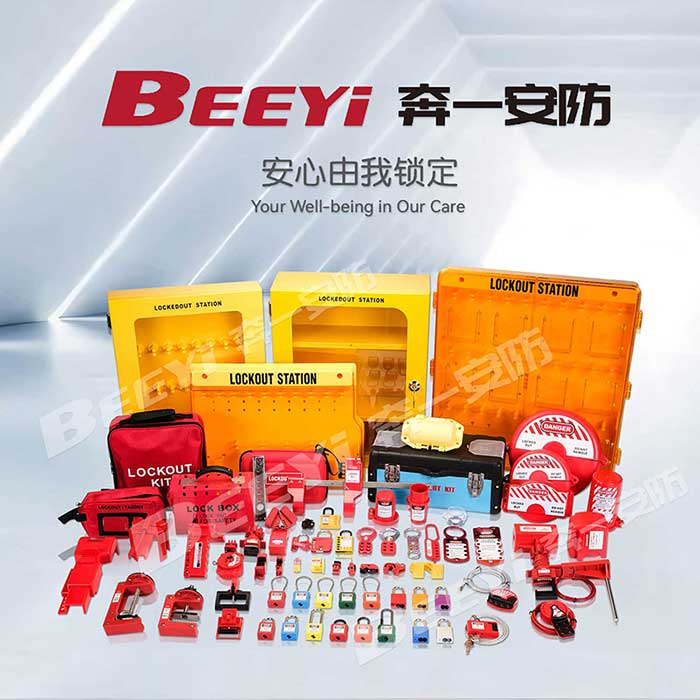In industrial settings, workplace safety is paramount, especially when it comes to protecting workers from hazardous energy sources during maintenance or repair activities. A key component in ensuring that safety standards are met is the use of lockout/tagout devices. Among these devices, lockout hasps stand out as a critical tool for preventing accidental equipment startup during maintenance. This article will explore the significance of lockout hasps, the role of a professional lockout hasps manufacturer, and how their products contribute to workplace safety.

What are Lockout Hasps? A lockout hasp is a safety device used in industrial environments to isolate energy sources on machinery or equipment during maintenance. It is typically made of durable materials such as steel or aluminum and features a multi-lock mechanism. The primary function of a lockout hasp is to prevent unauthorized access to a machine while it is being serviced. When a worker is conducting maintenance, they can use the lockout hasp to physically secure a lock onto the equipment, ensuring that no one can turn it on while they are working. The hasp typically features multiple holes for locks, allowing each worker involved in the maintenance process to apply their own lock. This prevents any single worker from unlocking the device prematurely. It is a key part of the “Lockout/Tagout” (LOTO) safety program, which aims to control hazardous energy sources during repair or maintenance tasks.